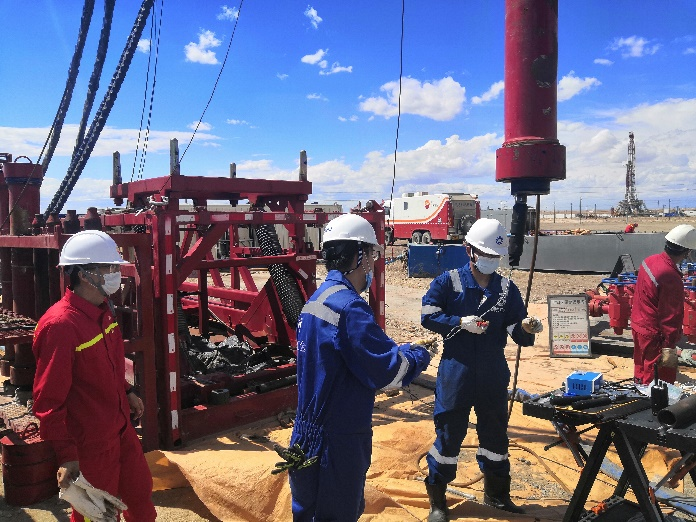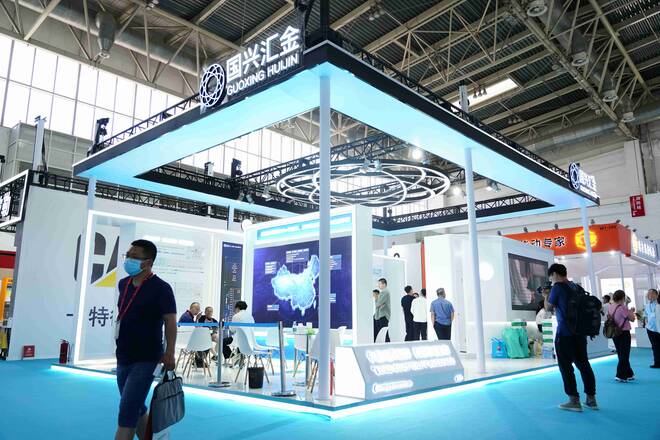
This operating well is a two-phase horizontal production well in a shale oil reservoir, which was put into production with natural flow. The well was completed using a three-string casing cementing method, with a final drilled depth of 5700 meters and a horizontal section of 1635 meters. The well encountered a low formation drillability of approximately 60%. The target layer has an average porosity of 7.7% and an average oil saturation of 63.9%. The well used a rapid-drill bridge plug and perforation combined with segmented fracturing for reservoir stimulation.
After the well was put into production, there was a significant pressure decline, and the overall recovery of fracturing fluid was low. Although the initial production capacity was relatively high, after nearly two years of production, the production rate declined significantly.
Our company employed continuous coiled tubing to lower the optical fiber to the target layer. Based on this, we conducted interpretation of the distributed fiber optic sensing data and accurately characterized the production profile distribution under different operating conditions. This also assisted in evaluating the fracturing effectiveness of the well. The oil-producing section of the well was mainly located near the and heel of the horizontal section, while the water-producing section was mainly located in the middle and near the heel of the horizontal section. The oil contribution from the toe of the horizontal section was relatively small, about 10%.
The interpretation of the distributed fiber optic data indicated that the fracturing effect at the toe of the horizontal section was poor, with a short duration, leading to some closure of the fractures at the toe. Geological data indicated that the toe section has some remaining reserves. It is recommended that the operator consider further fracturing or acidizing measures, providing direction for the next steps in the operator's plan.

